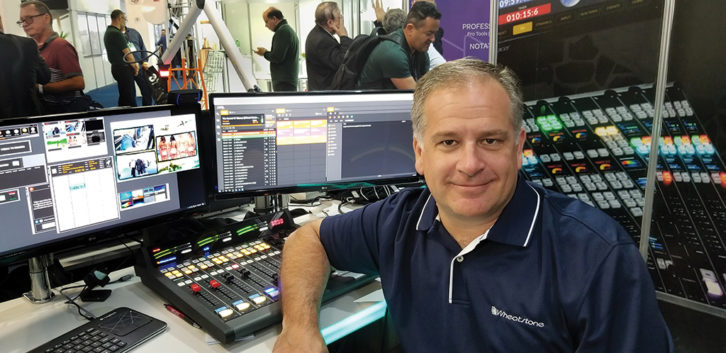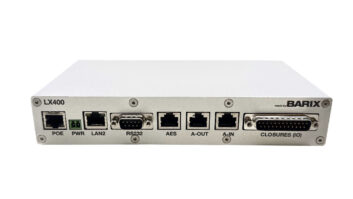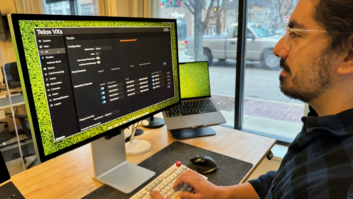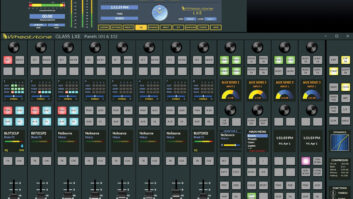Radio World’s new ebook “AoIP for 2020” is our biggest to date; find it at radioworld.com/ebooks. This article is one in a series exploring that topic. Author Dee McVicker handles marketing and communications at Wheatstone.
There is far more to AoIP than routing and connecting things. It is because of AoIP that we can pan studio cameras at exactly the right moment or load an entire studio of controls onto a tablet, for example.
Where is this all going?

Here are the top five AoIP trends, according to Jay Tyler, Wheatstone’s director of sales, who has been involved in hundreds of studio projects.
Native AoIP across distances. There’s a lot of sharing going on these days, from sharing VOs and bumpers between sister stations and sports venues to putting everything into one main operating center for several stations scattered across a region. Being able to move native IP audio and control across distances is why. The cost savings are significant in terms of staff, infrastructure and workflows, and disaster recovery doesn’t get much better than having your essential operation up in a cloud or in another ZIP code while dealing with a disaster situation in the studio. “We don’t care where music lives,” Tyler said. “We can pull it in or we can control it remotely. We can mix it remotely, send it to your transmitter site, bypass the studios, whatever you want us to do, we can now do it using a combination of AoIP logic controls, codecs and connectivity.”
Native IP for phone-ins, too. Connecting VoIP phones directly into the AoIP network without hybrids or stepping through analog-digital conversions means you can do so much more than just route one or two mic feeds down the phone line. You can split feeds, set up multiple sends, customize talkbacks, routing and conference feeds — all possible now that VoIP phones can connect directly into the native IP audio environment.
SNMP everything. “Everyone wants to know what everything is doing, and they’re doing it with SNMP,” he said. SNMP is a set of standards used for monitoring and managing data from servers, printers, hubs and switches. AoIP networks and devices that are SNMP-enabled have MIB files that define relevant data points for monitoring bitrates, temperatures, signal flow and other network details.
For example, WheatNet-IP BLADE I/O units have MIB files with data points for monitoring as well as alerting if a particular port is dropping packets or if a device is heating up and about to fail. In addition to devices containing MIB files, an SNMP browser or management tool is needed for managing networks.
Virtual interfaces into the network. UIs into the IP audio network are taking many forms today, from signal monitoring and switching control panels to news desks complete with talkback button, metering and weather, sports and stock market feeds. Meanwhile, according to Tyler, standalone virtual mixing consoles such as Wheatstone’s Glass LXE are popular in mid-market production rooms because they’re affordable to set up and use, and extremely serviceable for today’s production needs. With native audio IP able to cross distances as mentioned earlier, we can now tap into and control signal streams inside or outside a facility from any user interface available, whether it’s a multi-touch flatscreen or a mobile phone.
AES67 Everywhere. AES67 is no longer an afterthought. This audio transport standard is becoming an important part of the AoIP landscape as we move more and more audio between network systems. Also up and coming are complementary standards based on NMOS and AES70, which promise to add discovery, control and connection management to the interoperability mix.
Comment on this or any story to [email protected].












